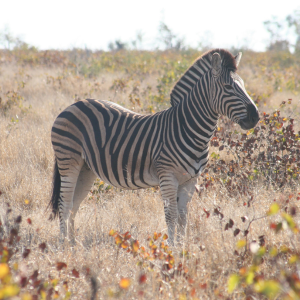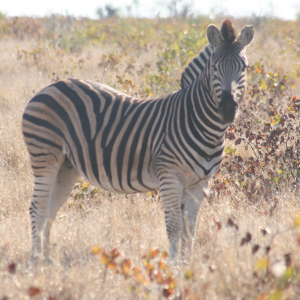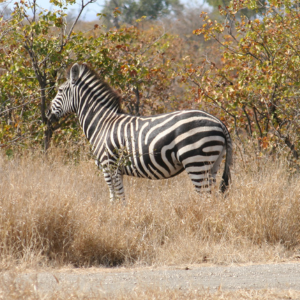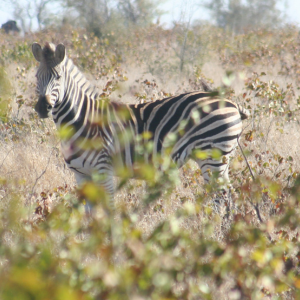Project Plains Zebra
An African big science initiative led by Prof. Paul R. Manger at the University of the Witwatersrand, South Africa, seeks to unravel a fascinating question: Are plains zebras the “London cabbies” of the African savannah, capable of revealing the blueprint for conserving this vital ecosystem?
The African savannah, spanning over 14 countries from South Sudan and Ethiopia to southern Africa, covers an impressive 6,500,000 square kilometers (approximately 5% of Earth’s terrestrial surface). Like all ecosystems, the African savannah faces imminent threats due to human activities. Within this vast grassland, iconic large mammals—such as African elephants, black and white rhinoceroses, and African lions—call it home. The health of this ecosystem hinges on the annual mass migrations of large herbivores, including the famous blue wildebeest of the Serengeti.
Conserving such an intricate ecosystem is no easy feat. However, recent discoveries related to a specific aspect of the plains zebra’s brain may hold the key. These findings suggest that the plains zebra possesses the largest and most specialized neural navigation system among all mammals. Think of it as an inbuilt “GPS system.” This remarkable system allows the zebra to know its location, track its past movements, and plan its next steps based on environmental landmarks. Interestingly, this neural navigation system resembles what has been observed in London cabbies, who are renowned for their navigational expertise.
But why does this matter for conservation? Here’s where it gets exciting: all known terrestrial migrations on the savannah involve plains zebras. Yes, you read that right! Whether it’s the Serengeti’s blue wildebeest or the plains zebra itself, these migrations follow the zebra’s lead. The plains zebra may well be the initiator, leader, and navigator of these grand journeys. Other migratory species simply need to follow the zebra’s cues to survive and thrive.
Project Plains Zebra aims to unlock the secrets of this extraordinary brain adaptation. By understanding how plains zebras navigate their vast habitat, we can develop coordinated and large-scale conservation plans. Preserving this ecosystem has far-reaching global implications, from safeguarding biodiversity and mitigating climate change to reducing the risk of zoonotic disease transmission. It’s not just about zebras; it’s about the future of our shared planet.
To obtain the information required to develop a practical and potentially highly successful conservation plan, we aim to study the plains zebra on four fronts:





